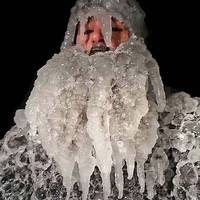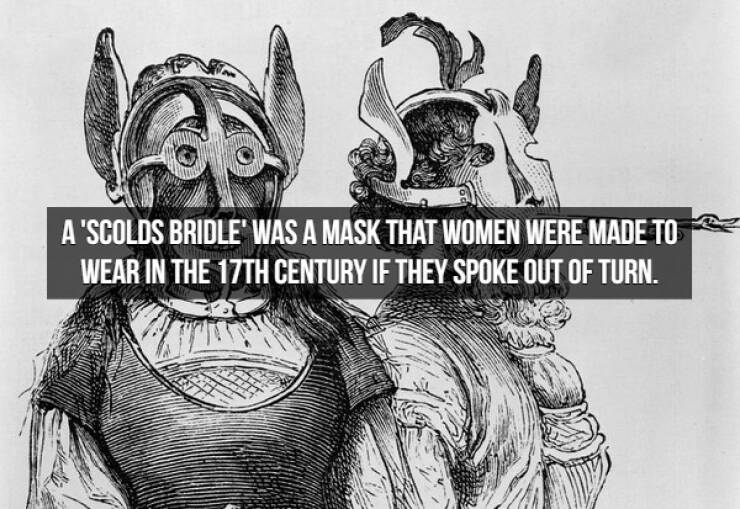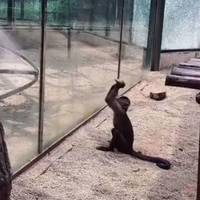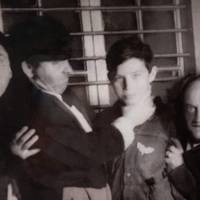6.

Woody 3 year s ago
#8 Umm, has chemistry suddenly changed? I was under the scientific impression that the chemical that lead to the hallucinations was a compound in wormwood that did not decompose during the fermentation process. Is this saying the chemistry pointed out the wrong chemical? Where else could the chemical come from in a recipe with only a few ingrdients?
7.

Rosa 3 year s ago
Woody,
Today it is known that absinthe does not cause hallucinations.[91] It is widely accepted that reports of hallucinogenic effects resulting from absinthe consumption were attributable to the poisonous adulterants being added to cheaper versions of the drink in the 19th century,[95] such as oil of wormwood, impure alcohol (contaminated possibly with methanol), and poisonous colouring matter - notably (among other green copper salts) cupric acetate and antimony trichloride (the last-named being used to fake the ouzo effect)
Today it is known that absinthe does not cause hallucinations.[91] It is widely accepted that reports of hallucinogenic effects resulting from absinthe consumption were attributable to the poisonous adulterants being added to cheaper versions of the drink in the 19th century,[95] such as oil of wormwood, impure alcohol (contaminated possibly with methanol), and poisonous colouring matter - notably (among other green copper salts) cupric acetate and antimony trichloride (the last-named being used to fake the ouzo effect)
9.

Alicia 3 year s ago
Leslie,It was the slaughter of cats that led to the "Black Plague". The superstitious Europeans slaughtered house cats almost to the point of extinction. Without cats, the rats and mice were out of control which also meant the plague carrying fleas were out of control. Fortunately, cats reproduce rather quickly and so cats were imported from the middle east (namely Persia), and within a year, an active cat population got the mice and rats under control, which ended the plague. Unfortunately, one-third of European population had died.









And just because you win does not gaurantee that you are a wonderful person.
If I had been there when she was burned, I would've cheered until I was hoarse.
Today it is known that absinthe does not cause hallucinations.[91] It is widely accepted that reports of hallucinogenic effects resulting from absinthe consumption were attributable to the poisonous adulterants being added to cheaper versions of the drink in the 19th century,[95] such as oil of wormwood, impure alcohol (contaminated possibly with methanol), and poisonous colouring matter - notably (among other green copper salts) cupric acetate and antimony trichloride (the last-named being used to fake the ouzo effect)